Appeal for ancient church where learning began
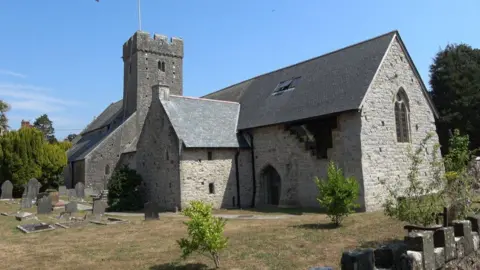 Philip Morris / Church in Wales
Philip Morris / Church in WalesAn appeal is under way to fund restoration work on a church which marks the site of Britain’s earliest college.
St Illtud’s Church in Llantwit Major in the Vale of Glamorgan has been described as the "cradle of Celtic Christianity".
According to the Guinness Book of Records, it is "Britain’s earliest seat of learning" and played host to a monastic university from about 500 AD.
While no traces of the college now remain, the current church - named after Illtud, the founder of the university - dates from the 13th Century, and is in urgent need of repair.
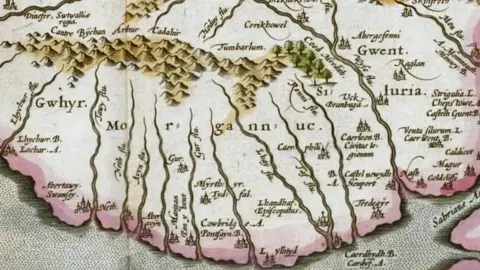 Getty Images
Getty ImagesThe congregation hopes to raise £500,000 to complete the work through charitable grants as well as private and business donations.
It will launch the campaign with an open day on Sunday, 3 November, the saint day of St Illtud.
Speaking to mark the 2020 launch of his book, The Story of a Celtic Christian Community, Philip Morris, the former archdeacon of Margam, said very little was known about St Illtud, but what documentary evidence there was pointed to some fascinating possibilities.
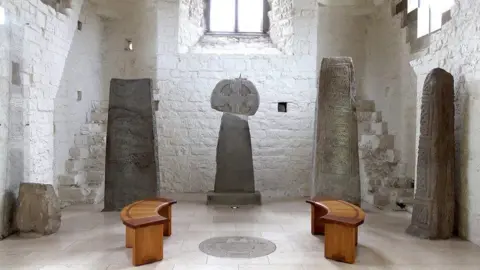 Philip Morris / Church in Wales
Philip Morris / Church in Wales"Illtud is far more widely venerated in place names and churches in Brittany than in Wales, through the influence of his students on early Christian development," he said.
"He is described as having been a knight, though it's unclear how much of a fighting man he was; the evidence points more towards his reputation for learning.
"In pre-Roman times, as far back as the Bronze Age, south Wales and the Bristol Channel had been a key centre, linking together the Celtic people of Ireland, Wales, Cornwall and Brittany, with trading routes to Mediterranean Europe and the Middle East."
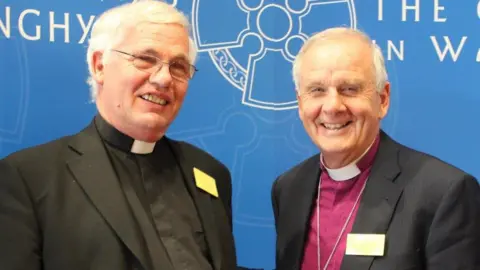 Philip Morris / Church in Wales
Philip Morris / Church in WalesThese links saw the college spread to seven halls, 400 houses and more than 2,000 students. Among them were the sons of both Celtic and Saxon princes, as well as - possibly - some names still familiar today.
"Legend has it that the likes of St Patrick, St David and the bard Taliesin all spent time studying at Llanilltud," said Mr Morris.
"I've been unable to prove that one way or the other, but given that Llanilltud was the foremost centre for monastic schooling at the time, you would have to say that it is possible, if not likely."
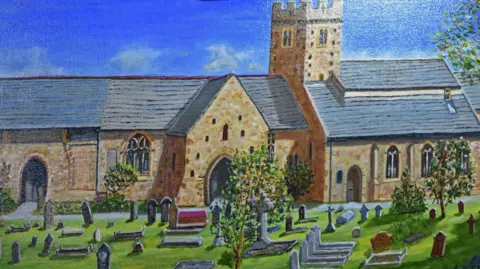 David Ellis
David EllisChurch council secretary David Ellis said: "The church on the site of the college in St Illtud’s era would almost certainly have been wooden, and so far no-one has found any remains.
"However, the BBC programme Digging for Britain, presented by Prof Alice Roberts have been carrying out some archaeology in the nearby globe field, so it will be fascinating to see what their findings are next year.
"What we have today is actually three in one churches, all Grade 1 listed. The west church is the oldest dating from the 13th Century, the east church was then built around the 15th century, mainly for the monks at Tewkesbury Abbey who were granted the site by the Normans several hundred years before, and then the latest part was the Galilee chapel, which was built for the Raglan family, only to be destroyed by Henry VIII during the dissolution of the monasteries."
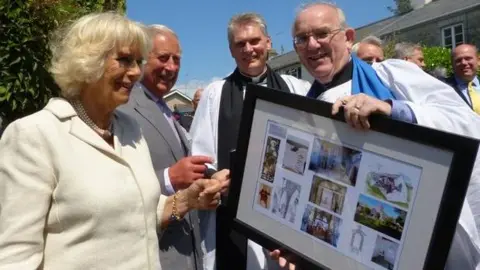 Church in Wales
Church in WalesRestoration of the Galilee chapel was completed in 2013, and plans were already afoot for the west and east churches when Covid struck.
Mr Ellis said: "The five-year delay means that they’ve deteriorated rapidly, and unfortunately will now cost a lot more to repair than we’d originally bargained on."
 Church in Wales
Church in WalesMr Ellis believes the most pressing concern is water ingress into the west church’s tower, with damage to its pointing threatening its stability and endangering rare examples of Norman wall paintings in the chancel below.
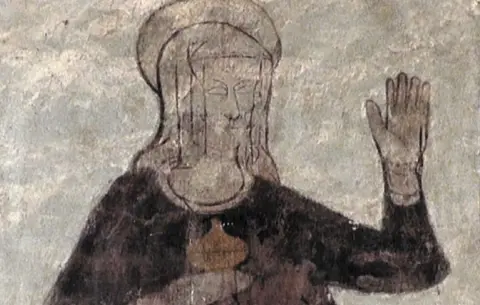 St Illtud's Church / Church in Wales
St Illtud's Church / Church in Wales"These things take a long time and a lot of money, but we have to impress on people the urgency of the situation we’re in now.
"Thankfully we’ve had a lot of positive feedback from charitable groups such as the Lottery Heritage Fund and the National Churches Trust, as well as local businesses and parishioners, so we’re hopeful that there’s a chance we can get things under way next spring, and achieve the most difficult repairs during the finer weather of the summer.
He hopes the fundraising will also help reinforce the values which made the college of Llanilltud successful 1,500 years ago.
 St Illtud's Church / Church in Wales
St Illtud's Church / Church in Wales"Back in Illtud’s time, the church and college were a community resource, providing learning, faith, shelter and food. That’s the ethos we have to keep going.
"Our vicar Edwin Counsell is very keen to modernise things, putting in better lighting and making it all more accessible because we have a lot of functions.
"We are a very active community hub. We want everyone to know that whatever your faith, or none at all, we are there for you."
